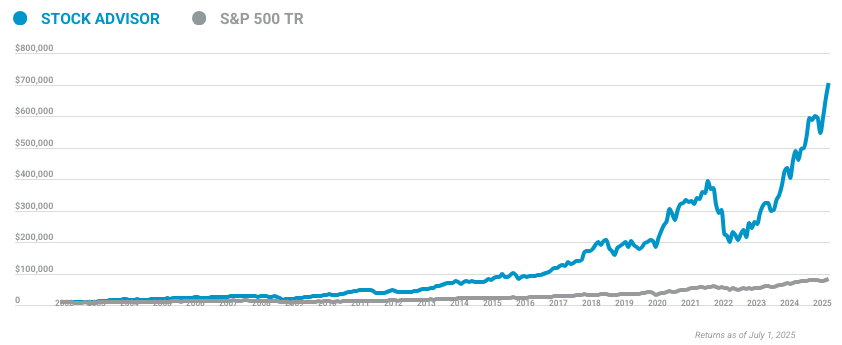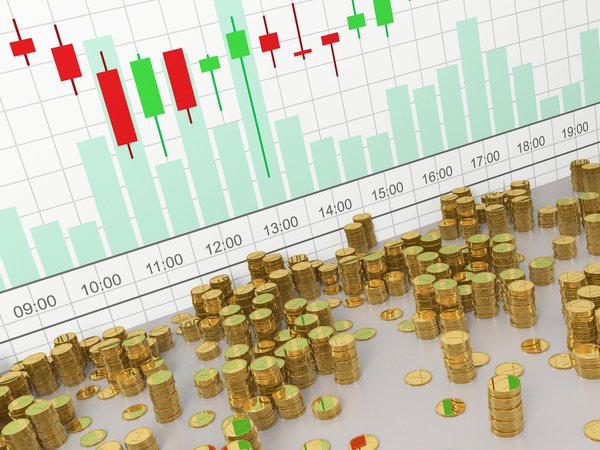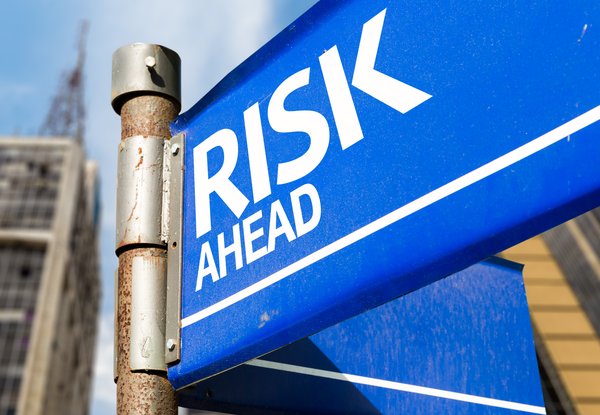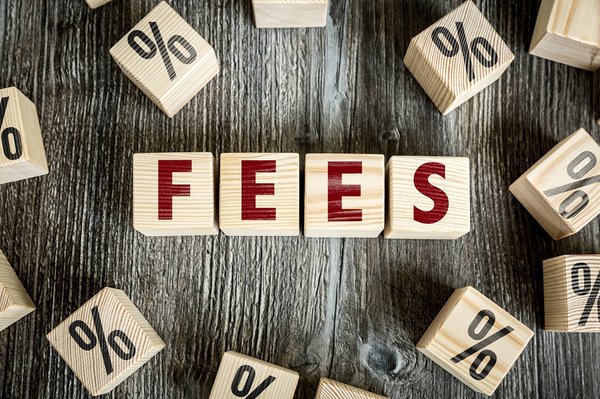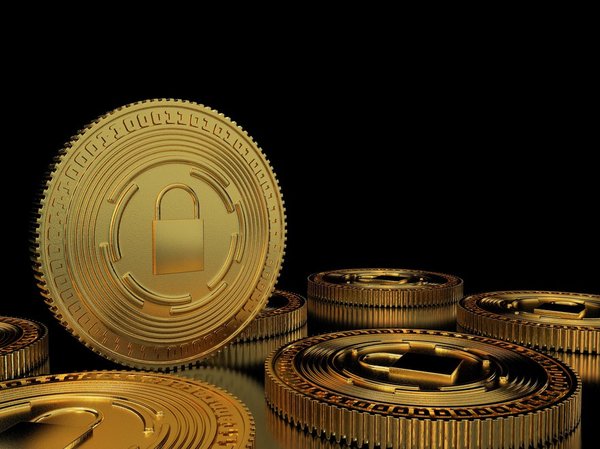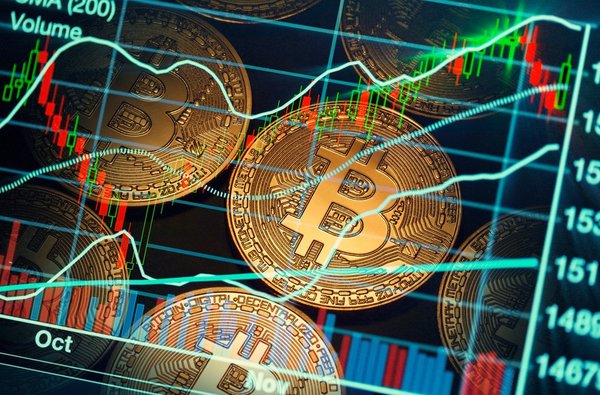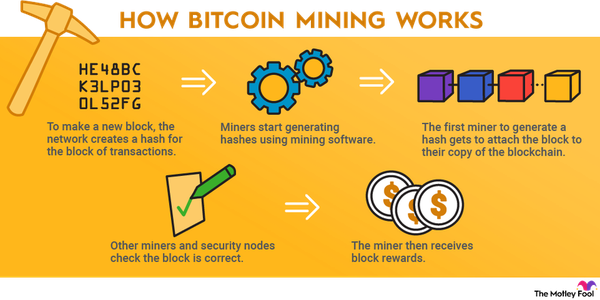When traders with extraordinary amounts of capital want to control the price of a particular cryptocurrency, they can put up “buy walls” and “sell walls” around the desired price. This can amount to market manipulation at times, but the order patterns are also a reasonable side effect of so-called whales pouring a lot of capital into a certain type of investment.

What is a buy wall?
What is a buy wall?
A buy wall is a pattern in the order book of a certain investment vehicle. This pattern consists of one very large limit order (or many smaller orders) on the buy side, setting up a “wall,” or buy orders at a particular price. This wall-like block of buy orders may have been created by a single well-heeled investor or a well-organized group of smaller investors.
The order block can have several different effects:
- The presence of a buy wall effectively sets the lower limit for price movement, especially if the cryptocurrency is thinly traded. It takes a large amount of more ordinarily sized sell orders to exhaust the supply of buy orders at the buy wall’s chosen price.
- The buy wall may also drive trading volumes higher simply because sellers can see that there is a lot of buying interest in that digital coin. Again, this tactic works best on crypto names with limited liquidity.
- The same investor(s) could also set up a sell wall (see below) at a comfortable distance from the buy wall, creating the illusion that the market for that cryptocurrency is more vibrant than it really is.
What is a sell wall?
What is a sell wall?
A sell wall is the opposite of a buy wall. Here, one large sell order or a large number of sell orders at the same price can set up a wall-like block of entries in a cryptocurrency’s order book.
This time, the wall limits price moves to the upside instead of the downside. The trade-volume boost works exactly the same way for both wall types, though. Beefy sell order volumes can be as convincing as buy orders when it comes to inspiring higher trade volumes.
Cryptocurrency buy and sell walls explained
Buy walls and sell walls show up in the order books of some cryptocurrencies because the digital coins generally aren’t heavily traded and there is limited liquidity in these ticker-specific markets.
We aren’t talking about giant cryptos such as Ethereum (ETH -0.78%) or Bitcoin (BTC -1.13%), but smaller names with lower trading interest. The big coins have plenty of interest from both buyers and sellers, putting billions of dollars to work every day. It would take a truly massive order to create an artificial buy wall or sell wall in Bitcoin’s order book, where the daily trading volume dwarfs even the biggest names on Wall Street.
With thinly populated order books -- on both sides of the buy-and-sell equation -- and a low supply of invested capital, smaller cryptocurrencies are more sensitive to order patterns like buy walls and sell walls.
How they work
How buy and sell walls work
In some cases, the walls simply appear as a natural effect of large orders being placed in illiquid markets. A whale investor wanting to set up a large position in a small coin immediately creates a buy wall. A sell wall appears when a whale is closing out or reducing their exposure to one cryptocurrency.
The same effect can be created when many smaller investors get together, agree that a certain price looks right for the targeted crypto, and set up lots of buy or sell orders at that level.
They also can result from perfectly human cases of mass psychology. Nice, round numbers can inspire confidence in trades of every size. You’re more likely to see buy walls at $20 per coin than, say, $22.17. The brain can be funny that way.
Unfortunately, order walls can also be used to manipulate prices. Again, this is a bigger concern for smaller and less-liquid coins, but whale investors may have the means to set up crypto prices exactly where they want them. Automated trading systems and smart contracts also may make it easier to achieve this effect. In a market where coin prices are set mostly by supply and demand, deep-pocketed traders have more influence over price movements.
Pros and cons
Pros and cons of buy and sell walls
Buy walls and sell walls are perfectly healthy aspects of a smoothly functioning market -- to a certain degree. Whether it got there by natural or artificial means, a solid wall can stabilize the targeted cryptocurrency and support a higher volume of ordinary trades.
At the same time, they can be dangerous to inexperienced investors looking for get-rich-quick schemes and instant moon shots. A buy wall can cause the illusion of strong price support for a failing cryptocurrency, while a sell wall can add selling pressure to a coin in a delicate market position.
That’s just one more reason why beginning investors should stick to healthier and less-volatile options such as the stock market before diving into the perilous waters of cryptocurrency investments. And, when they do, it’s still best to stick with established long-term winners while the unproven micro-coins mature a bit.
Examples
Examples of buy and sell walls
Let’s say you’re interested in Ethereum Classic (ETC 2.5%), a smart contract platform that started out as a snapshot of Ethereum’s platform in 2016.
On an ordinary day in June 2022, Ethereum Classic had a market cap of roughly $2 billion, an average daily trading volume of $400 million, and a price of approximately $14.50 per token.
Due to the fairly low trading activity, you may find that your favorite trading platform doesn’t have any open orders in its order book. On another crypto exchange, you might see either a buy wall or a sell wall instead -- or even both at the same time. That could indicate whales making moves in the Ethereum Classic market, or naturally high trading interest in this relatively obscure cryptocurrency, or even an ongoing attempt at market manipulation.
In this particular case, it would make sense to see buy walls and sell walls of a modest height at $14 and $15, respectively. Again, round numbers are comfortable.
Related Investing Topics
How to identify buy walls and sell walls
In most cases, the number of unfilled orders should taper down to an amount on both the buying and selling sides of any order book. A buy wall looks like a solid mass of orders on the buy side (typically the left-hand side in graphical representations) of the order book. As you might expect, a sell wall looks like a vertical wall on the opposite side.
You’ll rarely see these patterns in charts for the largest cryptocurrencies on the market. When you find them attached to smaller names, it’s best to wait a while and see if the pattern changes over time. If the wall doesn’t go away in a few minutes of regular trading, there might be something fishy going on behind the scenes, and you should consider a healthier investment option instead.
Buy walls and sell walls are not necessarily dealbreakers, but they do serve as a useful warning sign for potentially risky cryptocurrencies.








